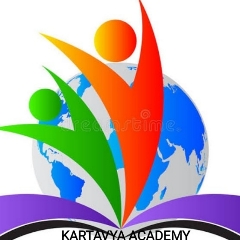Question Text
Question 1 :
In which of the following commercial process a catalyst is not used ?
Question 2 :
Consider a reaction aG + bH → products. When concentration of both the reactants G and H is doubled, the rate increases by eight times. However, when concentration of G is doubled keeping the concentration of H fixed, the rate is doubled. The overall order of the reaction is :
Question 3 :
The effect of a catalyst in a chemical reaction is to change the :
Question 7 :
The rate constant for the reaction 2N{tex}_2{/tex}O{tex}_5{/tex} → 4NO{tex}_2{/tex} + O{tex}_2{/tex}, is 3·0 × 10{tex}^{–5}{/tex} s{tex}^{–1}{/tex}. If the rate is 2·40 × 10{tex}^{–5}{/tex} mol L{tex}^{–1}{/tex} s{tex}^{–1}{/tex}, then the concentration of N{tex}_2{/tex}O{tex}_5{/tex} (in mol L{tex}^{–1}{/tex}) is :
Question 8 :
For the reaction 2SO{tex}_2{/tex} + O{tex}_2{/tex} → 2SO{tex}_3{/tex}, the unit of equilibrium constant is :
Question 9 :
The rate of a chemical reaction is double for every 10°C rise in temperature because of :
Question 10 :
For a first order reaction the rate constant for decomposition of N{tex}_2{/tex}O{tex}_5{/tex} is 6 × 10{tex}^{–4}{/tex} sec{tex}^{–1}{/tex}. The halflife period for the decomposition in seconds is :
Question 11 :
The reaction between X and Y is first order with respect to X and second order with respect to Y. If the concentration of X is halved and the concentration of Y is doubled, the rate of the reaction will be :
Question 12 :
In a plot of log k vs 1/T, the slope is :
Question 14 :
If the concentration is expressed in moles per litre the unit of the rate constant for a first order reaction is :
Question 15 :
The correct order indicating against the rate of reaction A + B K ⎯⎯→ is :
Question 16 :
A quantitative relationship between the temperature and rate constant of a reaction is given by :





























